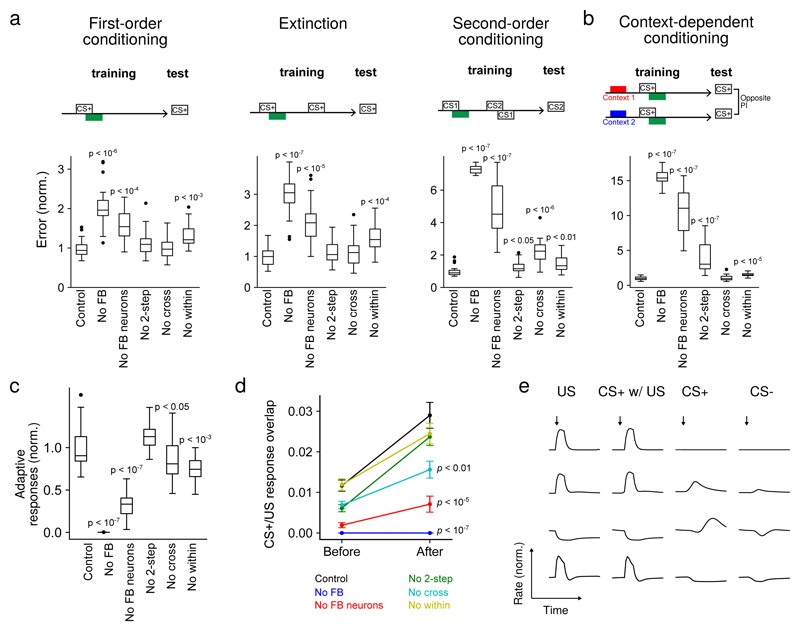Figure 7. Model reveals effects of feedback motifs on learning task performance.
a Normalized error (mean-squared difference between decoded and target valence, normalized to error for control networks) after optimizing models to perform first-order conditioning, extinction, and second-order conditioning. Error shown for six cases: Control: full network; No FB: networks in which feedback onto modulatory neurons, including direct MBON connections, is removed; No FB neurons: indirect FBN/FB2N feedback is removed but direct MBON connections are intact; No 2-step: only FB2Ns and all FBN-to-FBN connections are removed; No cross: indirect cross-compartment connections are removed; No within: indirect within-compartment connections are removed. Performance of model networks was assessed by optimizing n=20 networks independently. Performance measures were compared across network types and significance assessed with a two-sided Mann-Whitney U test (a-d). p-values represent a comparison to control networks after conditioning. Box: lower and upper quartiles, line: median, whiskers: range of the data up to 1.5 interquartile range, points: outliers of the whiskers range (a-c). b Similar to a, but for networks optimized to perform a context-dependent conditioning task.
c Adaptive response index for networks in a, defined as the magnitude of firing rate change to CS+ presentation before and after conditioning, averaged over modulatory neurons. Results are normalized by the index for control networks.
d Example responses of DANs from networks in a to US alone (US), CS+ paired with US following training (CS+ w/ US), CS+ alone after training (CS+), and CS prior to training (CS).
Row i: A DAN selective only to US.
Row ii: A DAN selective to US that acquires a CS+ response after conditioning.
Row iii, iv: DANs with ”prediction-error” like responses. CS+ responses are opposite in sign to US responses.
Row iii: A DAN inhibited by US and activated when US is omitted.
Row iv: A DAN excited by US and inhibited when US is omitted.
e CS+/US response overlap before and after conditioning. Overlap equals the dot product of the vectors of firing rate changes across the modulatory neuron population during CS+ and US presentations.

